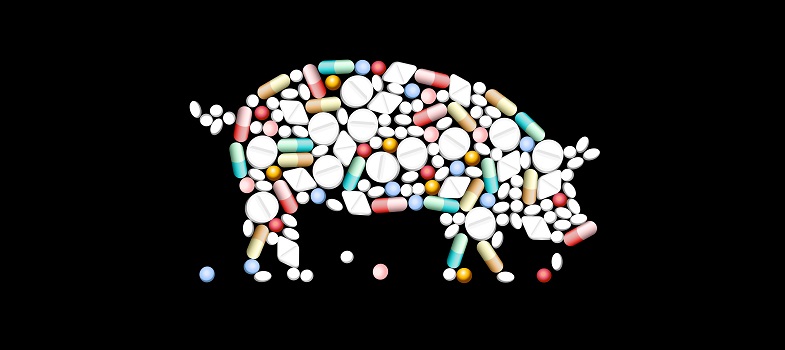4.4 Evaluation of surveillance
The capacity of surveillance systems to accurately describe patterns of diseases is of public health importance.
A surveillance programme or activity might be adequate and effective at its initial design and implementation. However, the context changes over time and new discoveries may have been made within laboratory or data capture methods. Similarly, changes in disease epidemiology, demography or clinical treatment practices and opportunities may have happened. Additionally, resources may diminish and priorities change making cost- effectiveness more important. In other words, the surveillance programme may no longer be fit for purpose.
Therefore, regular and relevant evaluations of these systems are critical in order to improve their performance and efficiency.
Evaluation is defined as the ‘systematic and objective assessment of the relevance, adequacy, progress, efficiency, effectiveness and impact of a course of actions, in relation to objectives and taking into account the resources and facilities that have been deployed’ (Drewe et al., 2015). The importance of surveillance evaluation was highlighted by a project undertaken in the UK by the Royal Veterinary College, Animal and Plant Health Agency, and Scottish Agricultural College. This project generated a novel SuRveillance EVALuation framework (SERVAL), which was designed to be generic so that it can be used to evaluate any animal health surveillance system (Drewe et al., 2015).
The key steps within the framework are as follows:
- Define the scope of the evaluation.
- Characterise the surveillance system to be evaluated.
- Design the evaluation.
- Conduct the evaluation.
- Reporting and communication.
If you are interested to know more about evaluation of surveillance, you may be interested to explore a case study [Tip: hold Ctrl and click a link to open it in a new tab. (Hide tip)] in your own time (Drewe et al., 2017).
Activity 9: Reflecting on the different components of a surveillance system
Thinking about the surveillance system you are most familiar with in your setting, identify and write down the systems components, as defined in Section 4.3.1. Could you identify the target population and the sample source?
Discussion
There may be a single component, or there may be several. Look back at the examples of components provided in Section 4.3.1 to help you identify the components in your system.
What type of surveillance component would be most appropriate for each of the following objectives?
Statistically based surveys
Organised sentinel programme
Analysis of veterinary practice and diagnostic laboratory records
Sampling/testing products of animal origin intended for human consumption
a.Detecting the occurrence of resistance to colistin among E. coli in pigs.
b.Ensuring that food products meet export requirements for maximum residue levels.
c.Estimating the prevalence of cattle farms harbouring E. coli with resistance to ESBLs.
d.Detecting new or emerging types of resistance based on treatment failures.
- 1 = c
- 2 = a
- 3 = d
- 4 = b
Statistically based surveys can provide a quantitative estimate of prevalence within the survey population.
In an organised sentinel programme, repeated surveillance in the same species is required.
Analysis of veterinary practice and diagnostic laboratory records allows for the detection of resistance among clinical isolates to provide an early warning of new or emerging types of resistance.
Sampling/testing products of animal origin intended for human consumption ensures that any products not meeting the requirements are identified and removed from the food chain.
Using the following two lists, match each numbered item with the correct letter.
4.3.2 Designing surveillance components



